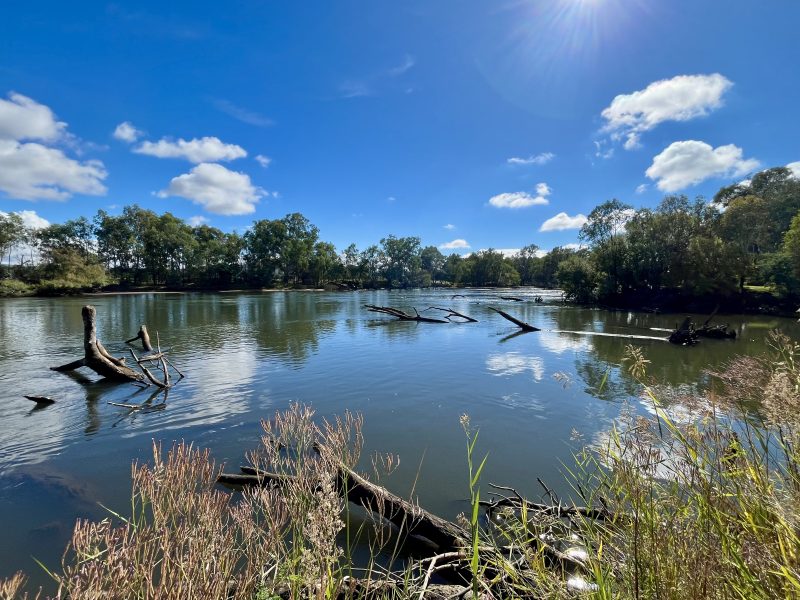Welcome to the Kiewa River walking trail, which is a generally flat, relaxing walk from the car park/picnic area to where the Kiewa joins the Murray. The distance from the gate to the river junction is around 5 km. When the Kiewa is in flood, some parts of the trail may become inaccessible.
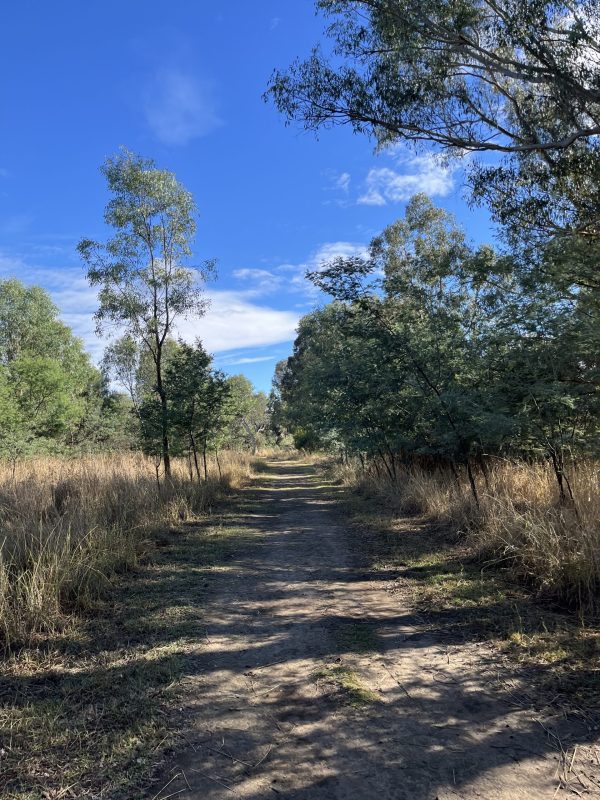
To find the car park, turn off the Murray Valley Highway at Killara. You can view a map of the area and the different trails here. This area is a popular picnic spot and a good place for paddling to cool off when the river is low or some fishing when the water level is higher. Begin the walk by heading along the river and through the turnstile. Before long you will come across a First Nations interpretive artwork explaining ‘Welcome to Country’. This artwork is the first in a series that follows the wetland trail, which branches off from the main trail to the river junction a little further along. You can view the whole series of artworks here.
Along this first part of the trail, you will notice the thickets of common reed (Phragmites australis). This is a native wetland grass that helps to protect the riverbanks from erosion while providing habitat for birds and fish. An interesting thing about common reed is its ability to aid in the removal of pollutants and contaminants such as heavy metals from the environment, although it is not the plant itself that does this. The area directly around the roots (the rhizosphere) of this reed is rich in dissolved oxygen and organic carbon which makes it a great place for bacteria and mycorrhizal fungi to inhabit, and it’s these organisms that are responsible for decontamination.
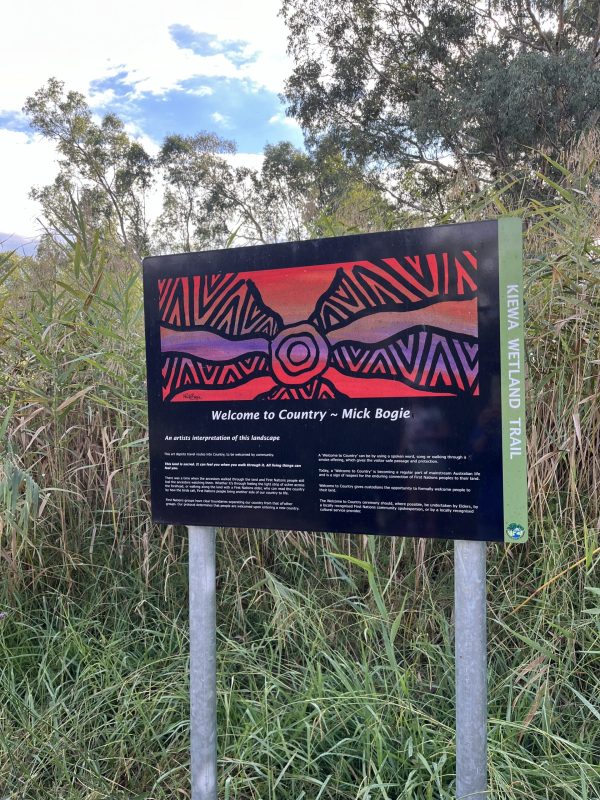
There are many large river red gums along this trail, so take some time to marvel at these magnificent ecosystem engineers. Not only do they provide habitat and food for a range of species, but they also contribute carbon and nutrients to the forest floor. When the trees fall into waterways, they provide important instream habitat for species such as Murray Cod and golden perch. Aboriginal people have long used these trees for canoes, shields, and digging sticks as well as medicines and shelters. Red gums can live for several hundred years, and their hollows provide vital nesting sites for species such as the vulnerable superb parrot.
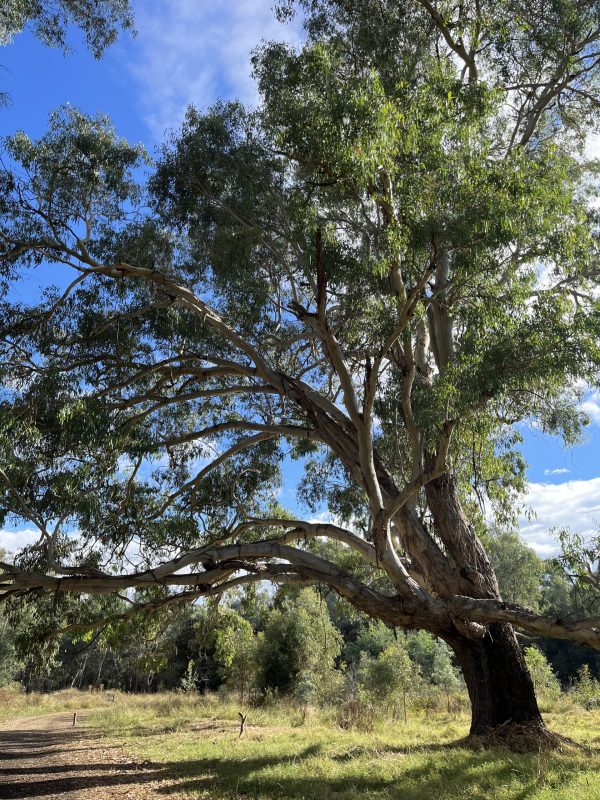
In some places, the trail leads you to spots where the riverbank can be accessed for fishing or bird watching. You might see species such as kingfishers, egrets, herons, ducks, and finches. White-bellied sea-eagles have been spotted here as well. In other places, the trail passes through woodland where animals such as swamp wallabies can be found. Recently, one was spotted eating some fungi!
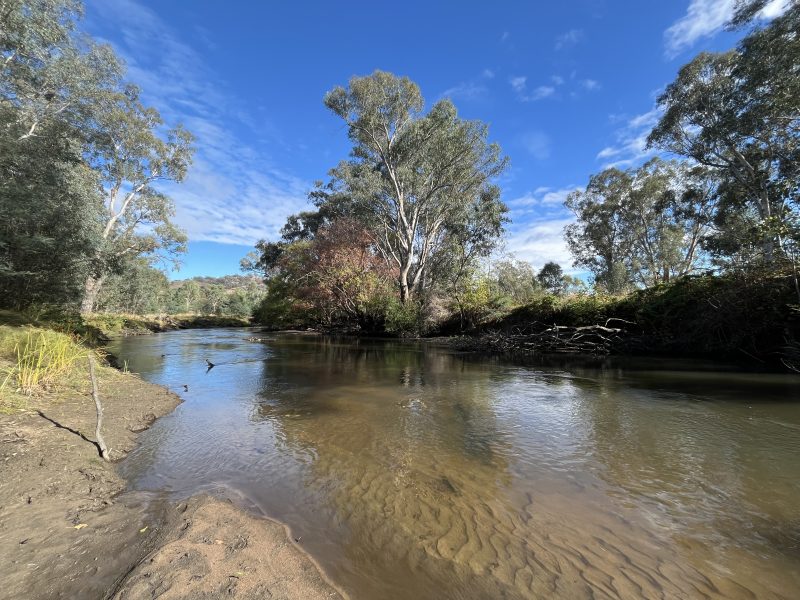
A very special sight along this trail is an Aboriginal scar tree. These trees are usually native box or red gum, found along waterways, and many are more than 200 years old. You can identify them by an area of outer bark which has been removed, with the sapwood visible underneath. Scar trees are protected by law in Victoria, along with all aboriginal artefacts and scared places. You can read more about scarred trees and who to contact if you find one here.
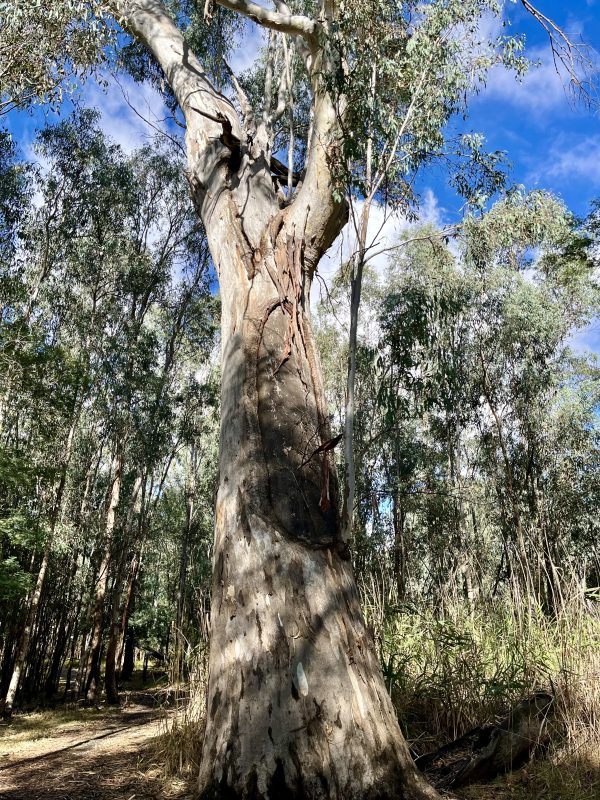
Eventually you will come to the meeting of the Kiewa and Murray Rivers. There is a picnic table here to sit back and relax as the sounds of the flowing water fill the air. At this point you can choose to turn around and head back, or continue on past Brown’s Island to a locked gate at which point the trail ends.
